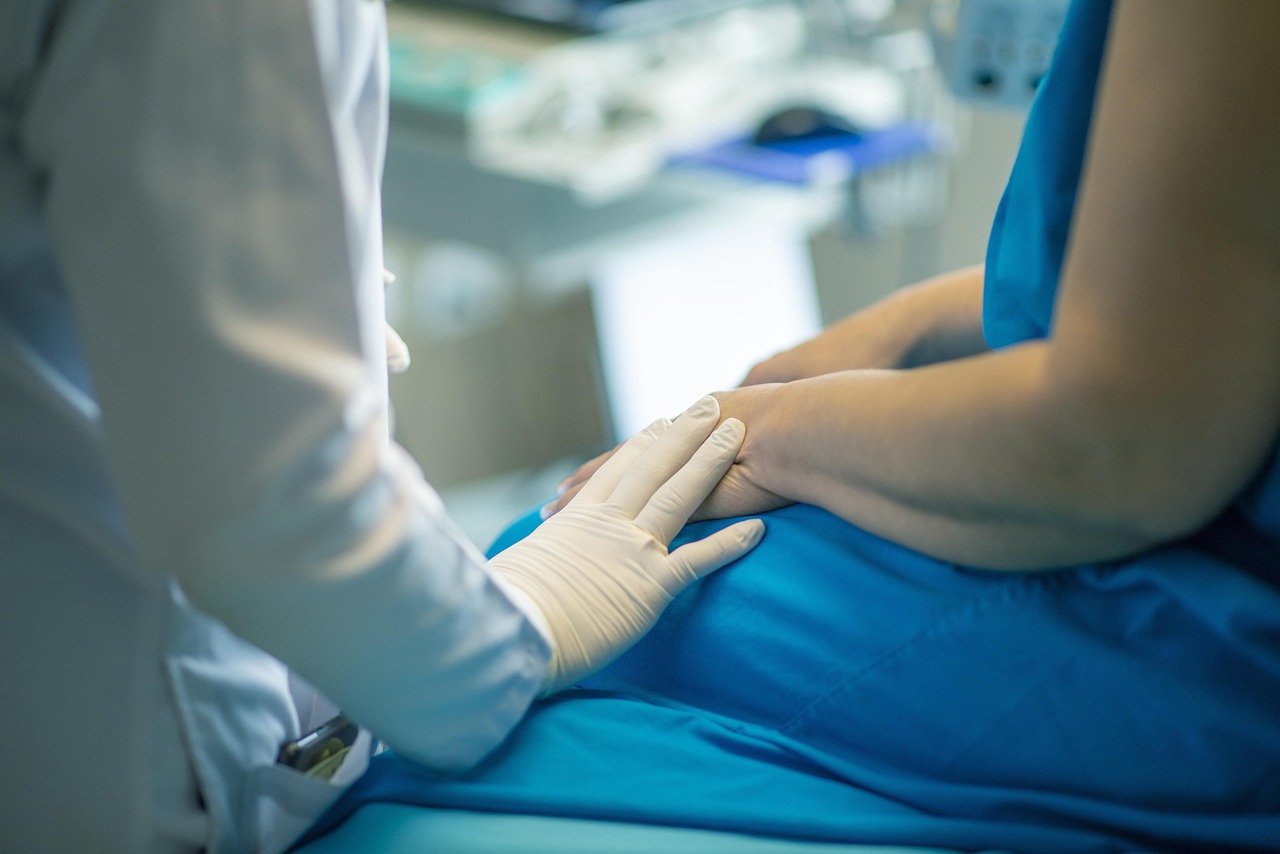HELENA, MT — Montana officials are giving residents one final chance to weigh in on how the state should spend what could be hundreds of millions of dollars in federal funding aimed at keeping rural hospitals open and bringing more doctors to small communities.
The Montana Department of Public Health and Human Services will host a public webinar October 2 from 3 to 5 p.m. to gather ideas before submitting the state’s application for the Rural Health Transformation Program by the November 5 deadline.
“The perspectives of Montana’s health care community and rural residents are absolutely essential as we craft a competitive application for this vital funding,” said DPHHS Director Charlie Brereton.
The program, created through the “One Big Beautiful Bill Act” earlier this year, provides $50 billion nationwide over five years specifically to help rural communities address healthcare challenges. Montana’s share could range from tens of millions to hundreds of millions annually, depending on the state’s application and how it compares to other states.
Building on Previous Planning
As Western Montana News reported in August, Montana has been seeking stakeholder input since summer on how to access the funding. The October webinar represents the culmination of that planning process as the state finalizes its strategy.
The federal program emerged from what became known as the “One Big Beautiful Bill,” which extended tax relief provisions while also including what lawmakers call the largest rural health investment in U.S. history.
DPHHS has emphasized sustainability over quick fixes, warning that proposals requiring ongoing funding without solid long-term plans won’t be prioritized.
Real-World Impact
The funding could address tangible problems facing rural Montanans:
Keeping hospitals operating: Money could help struggling rural hospitals stay afloat by upgrading equipment, improving efficiency, or finding new ways to work together.
Bringing doctors to small towns: The program includes funding for recruiting healthcare providers to rural areas, with requirements that they stay for at least five years.
Reducing travel for care: Investments in telehealth technology could allow rural patients to consult with specialists without driving hours to larger cities.
Improving emergency services: Funds could enhance ambulance and emergency medical services in areas where response times are critical.
Addressing mental health and addiction: The program specifically includes money for mental health services and substance abuse treatment in rural communities.
How Funding Gets Distributed
The federal government will split the $50 billion in two ways:
Half will be divided equally among approved states, meaning Montana would receive the same base amount as every other participating state.
The other half will be awarded based on factors including the state’s rural population size and the quality of its application compared to other states.
This structure means Montana’s final funding amount depends both on having a solid plan and demonstrating genuine rural healthcare needs.
Who Should Participate
State officials encourage participation from anyone involved in or affected by rural healthcare, including:
- Rural hospital administrators and staff
- Doctors, nurses, and other healthcare providers
- Emergency medical services personnel
- Patients who have struggled to access care
- Community leaders from small towns
- Tribal representatives
- Local government officials
The webinar will include a presentation on the program followed by time for public comments and questions.
Critical Timeline
The compressed timeline adds urgency to the public input process:
- October 2: Final public webinar and comment session
- November 5: Montana’s application due to federal officials
- December 31: Federal government announces which states receive funding
- January 2026: Funding begins for approved states
If Montana doesn’t submit a competitive application by November 5, the state could miss out entirely on what Director Brereton called “a historic opportunity.”
Registration Required
Montanans who want to participate in the October 2 webinar must register in advance through the state’s website.
DPHHS officials stressed that this represents the final formal opportunity for public input before the state submits its application, making the October session crucial for anyone wanting to influence how Montana approaches this unprecedented rural health funding opportunity.
